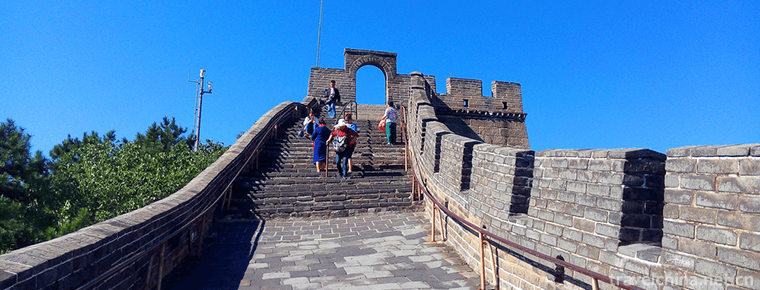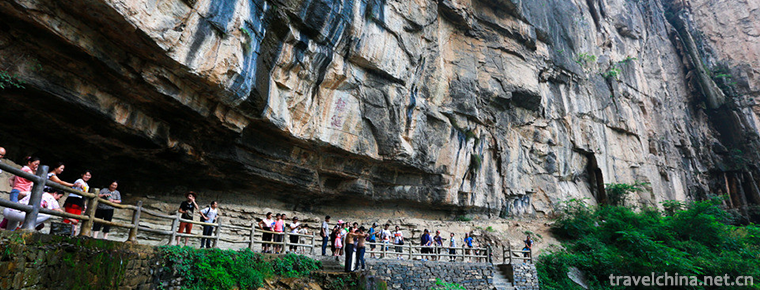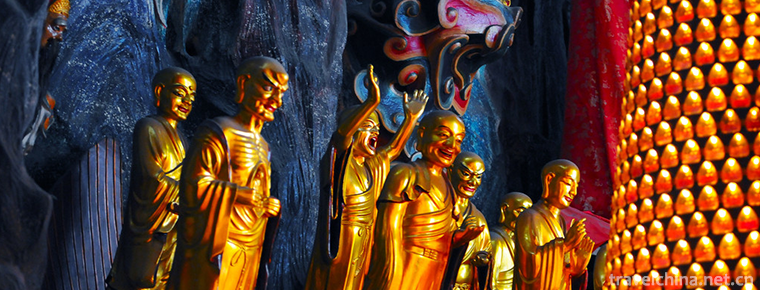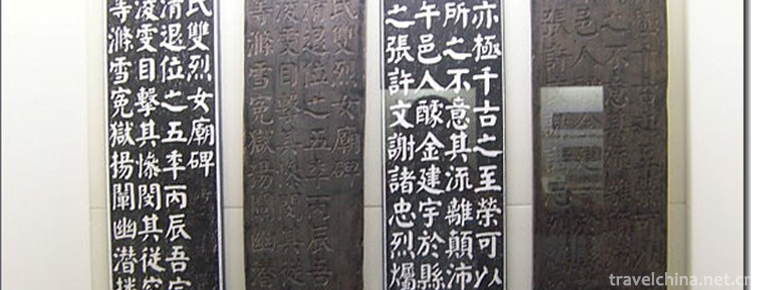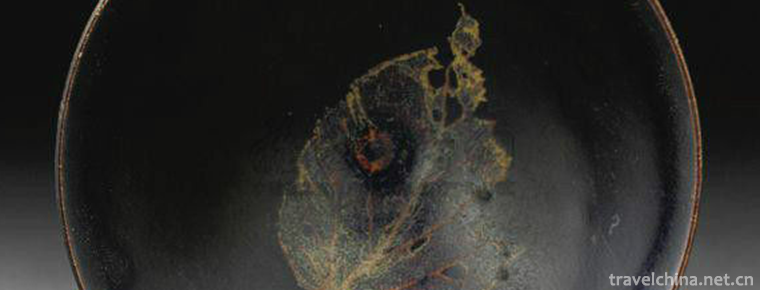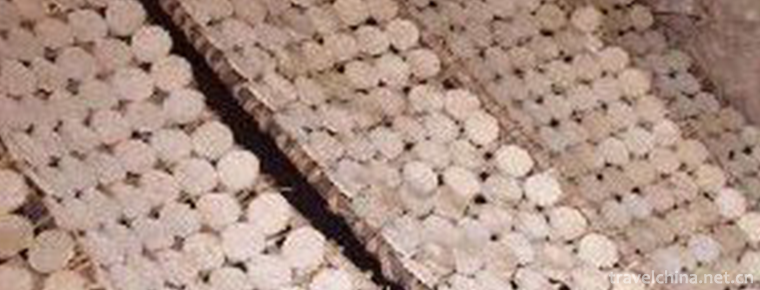History of Deyang
History of Deyang
In ancient times, it was a place of hundred PU. In the fifth year of King Shenliang of Zhou Dynasty (316 BC), that is, in the ninth year of gengyuan, King Huiwen of Qin Dynasty, Qin destroyed the two states of Bashu and established two prefectures of Bashu. Today, Deyang Prefecture belongs to Shu Prefecture. County under the county, County Pavilion.
In the third year of Wude of emperor Gaozu of Tang Dynasty (620), Luoxian county and Mianzhu County were divided into Deyang county (now Jingyang District of Deyang City), belonging to Yizhou.
In 686, Wu Zetian set up Hanzhou in Luoxian county (now Guanghan City) and led 5 counties. Deyang county was under the jurisdiction of Hanzhou in Jiannan Dao.
In the first year of Tianbao (742), Hanzhou was changed to Deyang county. In the first year of emperor suzong's reign of emperor Qianyuan (758), Deyang county was changed to Hanzhou.
In 965, Emperor Taizu of the Northern Song Dynasty established Hanzhou in Luo County and led 4 counties (including Deyang county) under Xichuan road. In 1059, Xichuan road was changed to Chengdu Fu Road. In the Southern Song Dynasty, Hanzhou was still established, and the leading county was the same as that in the Northern Song Dynasty.
Yuan Shizu Zhongtong first year (1260), the restoration of Hanzhou, Deyang county.
In 1371, the fourth year of Hongwu reign of emperor Taizu of Ming Dynasty, Hanzhou still led three counties (including Deyang county), belonging to Chengdu government. In 1377, Deyang County entered Hanzhou and was restored in 1380.
In the early Qing Dynasty, it was still the same as the Ming system. In 1659, Luojiang county was incorporated into Deyang county. In the 26th year of Kangxi's reign (1687), Hanzhou was reduced to Sanzhou (Danzhou), and Deyang county was subordinate to Chengdu government. In 1727, Deyang county was transformed into Zhili Prefecture of mianzhou. In 1802, Luojiang county was separated.
In 1952, the people's Government of Sichuan Province was established, and the administrative districts in eastern, southern, Western and Northern Sichuan were abolished. Deyang county belongs to Mianyang special area.
In 1959, Luojiang county was abolished, and most of its towns were incorporated into Deyang County, and the rest were incorporated into Mianyang county and Anxian county.
On February 17, 1983, Deyang County, Erzhong factory, Dongfang Electric Machinery Factory, Dongfang Electrical machinery factory, No.1 mechanical and electrical installation company, Deyang refractory material factory, Sichuan glass fiber factory, Sichuan resin factory, the second Geophysical Exploration Brigade, Sichuan Deyang ninth five year plan plant, Mianyang Jingyang phosphate fertilizer plant, Sichuan construction engineering machinery plant, and Deyang cement products factory of Sichuan Provincial Construction Department discussed Deyang The regional system reform proposal contact meeting was held, and the meeting unanimously approved the "report on Deyang regional system reform" to the CPC Sichuan Provincial Committee and Sichuan Provincial People's government.
On March 10, 1983, in order to change the system of Deyang area and establish Deyang City subordinate to Sichuan Province, Deyang County submitted the supplementary report on re applying for Deyang City construction to the people's Government of Sichuan Province.
On April 1, 1983, the Sichuan provincial Party committee and the provincial government approved the application report of Deyang County on the preparation for the construction of Deyang City at prefecture level, and informed Guanghan, Shifang and Mianzhu counties to participate in the preparatory group of Deyang City. On April 8, the preparatory group of Deyang City was established. On April 12, the preparatory work of Deyang City was officially started. In early June, Zhongjiang County was added as a member of the preparatory group. On June 14, the CPC Sichuan Provincial Committee and the Sichuan Provincial People's government formally submitted a report to the State Council.
On August 18, 1983, the State Council issued an official reply (1983) No. 156: "we agree to establish Deyang City. Deyang City in Deyang City pass, jurisdiction over the urban street office, Hanwang town and Jingyang, urban, Bajiao three communes. Deyang, Zhongjiang and Mianzhu counties in Mianyang area and Guanghan and Shifang counties in Chengdu are under the jurisdiction of Deyang City. "
On September 12, 1984, with the approval of the State Council, it was agreed to cancel the organizational system of Deyang county and establish the Shizhong District of Deyang City.
In 1988, with the approval of the State Council, Guanghan county was abolished and Guanghan City was established. It is still managed by Deyang City.
On August 3, 1996, with the approval of the State Council, Shizhong District of Deyang City was abolished and Jingyang district and Luojiang county were established.
In October 1996, with the approval of the State Council, Mianzhu County and Shifang county were abolished and Mianzhu City and Shifang City were established. It is still managed by Deyang City.
In August 2017, the State Council agreed to abolish Luojiang county and establish Luojiang District of Deyang City.

-
Mount Jiuhua Scenic Area
Jiuhua Mountain Scenic Spot is located in Anhui Province, China. The northwest is across the Yangtze River and Tianzhu Mountain, and the Southeast .
Views: 110 Time 2018-12-08 -
The Badaling Great Wall
Juyongguan Great Wall is a famous ancient city along the Great Wall of Beijing and a national cultural relic protection unit. It is a national AAAA scenic spot assessed by Beijing Tourism Bureau.
Views: 317 Time 2018-12-09 -
The Wanxian Moutain
Wanxianshan Scenic Area is located in the hinterland of Taihang Mountain in the northwest of Huixian City, Henan Province. It belongs to Nantaihang Tourism Resort, Xinxiang.
Views: 218 Time 2018-12-17 -
jingyuetan national forest park
Jingyuetan, National AAAAA Class Tourist Scenic Spot, National Scenic Spot, National Forest Park, National Civilized Scenic Spot Demonstration Site, National Water Conservancy Scenic Spot, National Na.
Views: 117 Time 2018-12-26 -
Yaoshi Scenic Spot
The Youshi Scenic Spot is located on the South Bank of Youshi Hainan, Haojiang District, Shantou City, across the sea from Jinping District. It is the first provincial-level scenic spots in Guangdong .
Views: 734 Time 2019-02-07 -
Shibing Karst
Karst is karst. It is the general name of the geological function of water in dissolving rock (carbonate rock, gypsum, rock salt, etc.) mainly by chemical dissolution.
Views: 225 Time 2019-02-08 -
Zhenjiang Jinshan Temple
Jinshan Temple was built in Jinshan Mountain on the South Bank of the Yangtze River in Zhenjiang City, Jiangsu Province, at the time of Emperor Ming of the Eastern Jin Dynasty.
Views: 230 Time 2019-03-18 -
Bian Embroidery
Bian embroidery, one of the traditional Chinese embroidery techniques, has a long history and is known as "national treasure". It is famous for its exquisite embroidery,.
Views: 331 Time 2019-04-04 -
Dai Medicine Sleeping Drug Therapy
Sleeping pill therapy, one of the ten traditional Dai medicine therapies, is the third batch of national cultural heritage in Yunnan..
Views: 160 Time 2019-04-24 -
Rubbing and Printing Skills of Hengshui Inscriptions
Hengshui Law Tie Engraving and Printing Technology, the traditional handicraft of Taocheng District, Hengshui City, Hebei Province, is one of the national intangible cultural heritage..
Views: 191 Time 2019-05-03 -
Firing Techniques of Jizhou Kiln Ceramics
Jizhou kiln is a treasure of the traditional Chinese ceramic crafts. As a world-famous comprehensive ceramic kiln in Jiangnan (Ji'an, Jiangxi), it has strong local style.
Views: 140 Time 2019-05-05 -
Soil alkali firing technology
On June 7, 2008, the soil-alkali firing system was approved by the State Council and listed in the second batch of national intangible cultural heritage list..
Views: 388 Time 2019-06-23

